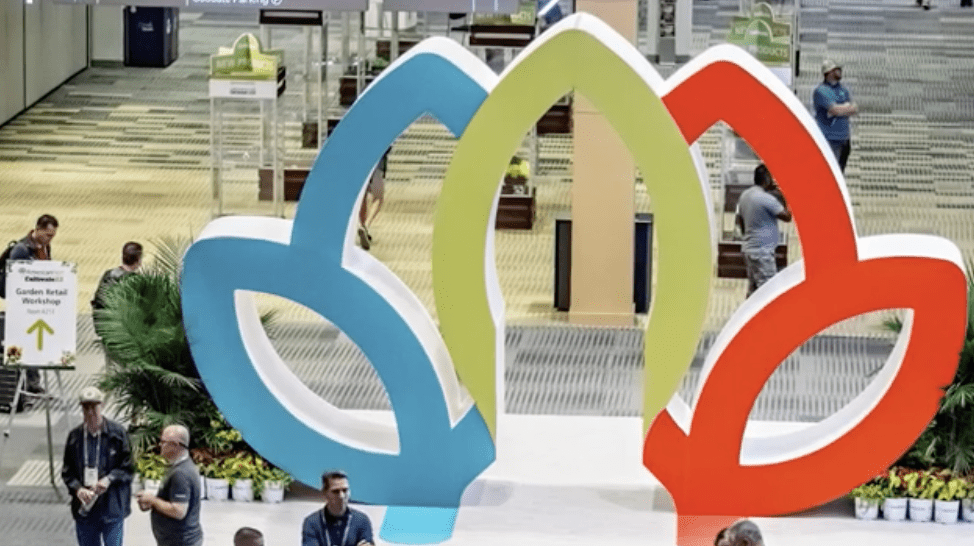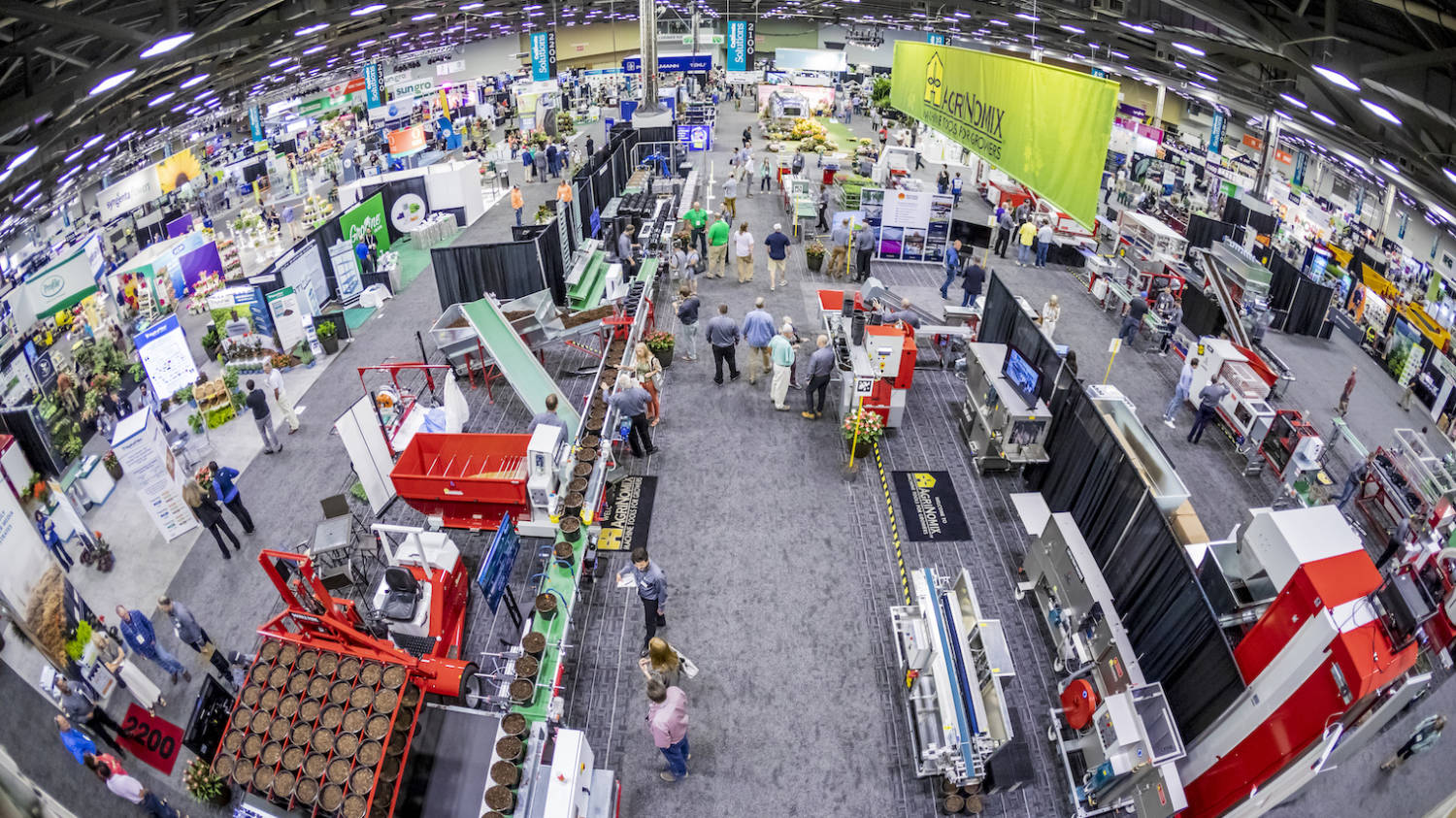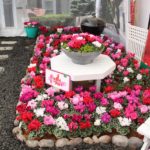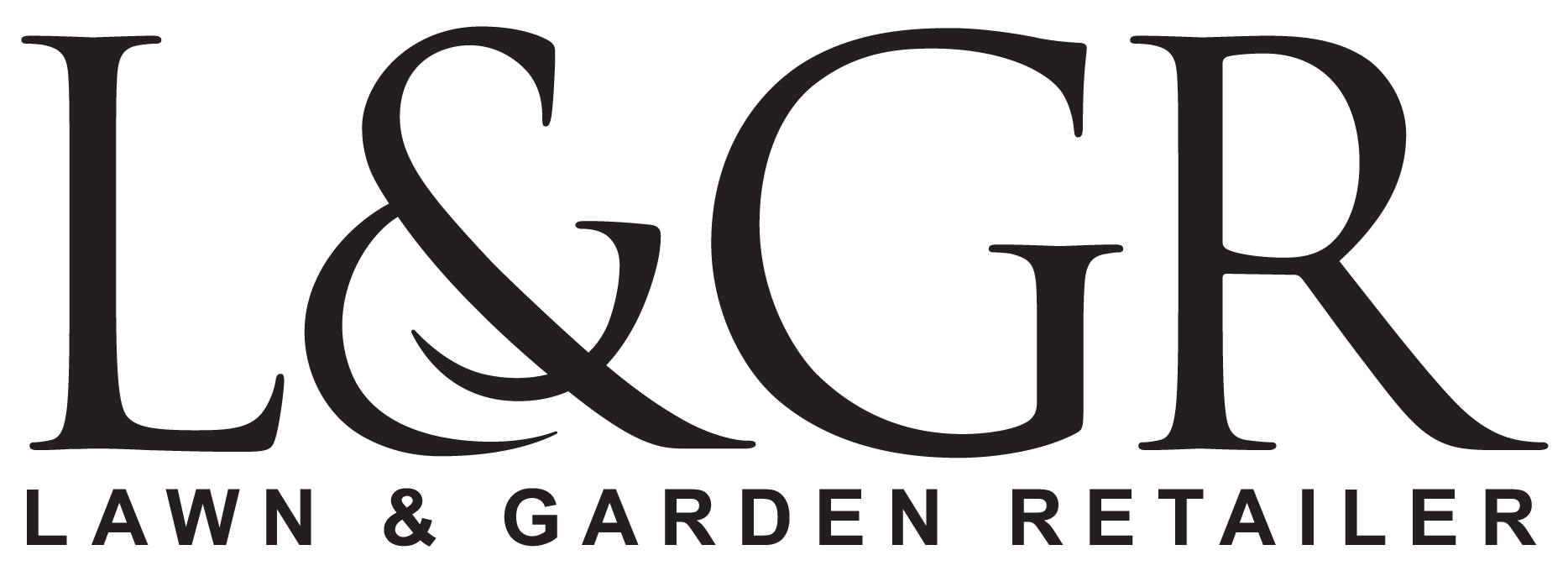
Scaling up greenhouse structures
Smaller greenhouses have many economical structural and technological advancement options now. Sometimes adding minor improvements can make a major impact on the overall structure of your greenhouse.
“Many growers think expansion means a totally new build, but sometimes the smartest path is optimizing your current footprint,” said Jen DeShaw, marketing sales manager for Stuppy Greenhouse.
Sean Shackleton, construction manager for Griffin Greenhouse Supplies agrees with DeShaw. “Scaling up a greenhouse without starting from scratch is a strategic move that can save time and money,” Shackleton said.
According to Gabrielle Ullrich, marketing manager for Svensson, “identifying problem areas in the greenhouse would be my first step.” Ullrich continued, “There’s always something a grower wishes they did differently, and this is the time to implement a more efficient design into the structure.”
GROWTH CONSIDERATIONS FROM THE START

According to Stuppy, it is important to consider where you want to be as a grower five, 10 or even 20 years down the line. While it’s hard to predict what your business will look like then, many greenhouse structures are constructed with the future in mind.
“That’s also why it’s so important to think about the big-picture questions early, as those answers should set the tone for the design so the investment works hard for you today and grows with you tomorrow,” DeShaw said. “Future growth starts on day one.”
“When greenhouse growers plan for future growth, structural considerations are critical to ensure that expansions are safe, efficient and cost-effective. Accessibility and workflow, structural frame design, foundation and footing capacity are all ideas to keep in mind,” Shackleton said.
Many companies offer options that can literally grow with you as your company grows. For example, Stuppy offers gutter-connectable structures allowing greenhouses to expand in future phases. Griffin also offers a “growth- in-phase” mentality to its products.
“There are several modular and scalable greenhouse design systems that make phased expansion easier for growers. These systems are designed with standardized components, allowing structures to grow incrementally without needing to start from scratch,” Shackleton said.
Some improvements might not necessarily be considered scalable, but they will make a lasting positive impact on overall production.
“The slip-in method has become a desired screen installation practice as it significantly cuts the labor required to fasten the screen to the screen system, and it definitely makes the job go way faster without having to empty the bay of plants,” Ullrich said.
When thinking of structural considerations, it’s important to consider beyond lateral expansion as well.
“As greenhouses get taller, a largely overlooked design flaw is how air is actually circulating within the greenhouse. When implementing a fan or exhaust system, air exchange for an entire zone is considered, but where the air actually moves is unnoticed. Fan placement and use can significantly influence a crop’s uniformity,” said Ullrich.
SUPPORT STRUCTURES
There are many support systems in play that could be utilized before investing in a full expansion.
“Support structures like a shade house, cold frame or high tunnel can give you seasonal flexibility and free up valuable space inside your main house for higher-value or more sensitive crops. They’re also a great way to dip your toes into expansion without committing to a full-blown build,” DeShaw said.
Exterior of Griffin Greenhouse. Griffin now has fabrication kits available. Photos courtesy of Griffin.
Interior of Griffin Greenhouse. Griffin now has fabrication kits available.
“These structures help to add flexible environments for different varieties or crops in a different growth stage.” Ullrich said. And according to Griffin, additional support structure options provide ample benefits.
“Auxiliary or support structures can significantly enhance production and flexibility by creating controlled microclimates that optimize growing conditions year- round,” Shackleton said.
ENERGY EFFICIENCY FOR QUICK WINS
Checking energy efficiency can lead to rapid wins for those looking to improve or expand their existing greenhouse structures. According to Stuppy, the structure itself plays an integral part in energy efficiencies — structural design is one of the most important levers for energy efficiency but sometimes utilizing a smart design system is the best energy saver. For example, Stuppy’s Heat2O system allows growers to heat directly under the benches where the roots need it most, saving a surprising amount of energy.
DeShaw said the key is to think about efficiency in layers. It’s not just how to heat or cool better but how to make the structure, systems and workflow all work smarter together.
Ullrich said the greenhouse structure should be considered a stabilized environment with energy inputs and outputs that relates directly to your crop; there should be variability in many of the systems that control the greenhouse. Instead of working in systems that are only on/off or open/close, look into options that can adjust these systems by different percentages of what they are capable of performing.

“I believe diffused glass and screen materials that also bring in a high quantity of light will help keep a uniform environment in the greenhouse. If you keep a uniform environment, you won’t need to micromanage varying areas in the greenhouse,” Ullrich said. Using energy screens means the payback periods are quick due to the amount of heat you save.
Griffin has a similar philosophy, stating there are several greenhouse technologies and structural features that can significantly increase efficiency in terms of energy use, resource management and crop yield.
“The structural design of a greenhouse has a profound impact on its energy efficiency, influencing how much heating, cooling and supplemental lighting is needed to maintain optimal growing conditions,” Shackleton said.
Shackleton sees three major energy efficiencies at play: heating systems, energy curtains and environmental controls. “Automating your greenhouse equipment is a big labor saver, allowing customers to focus their valuable time to more crop specific jobs and other operational needs.” The focus should be on maximizing thermal retention, automating basic systems and improving light efficiency without major overhauls.
“For older or smaller greenhouses, the best retrofits are those that offer high efficiency gains with minimal structural modification or investment,” Shackleton said.


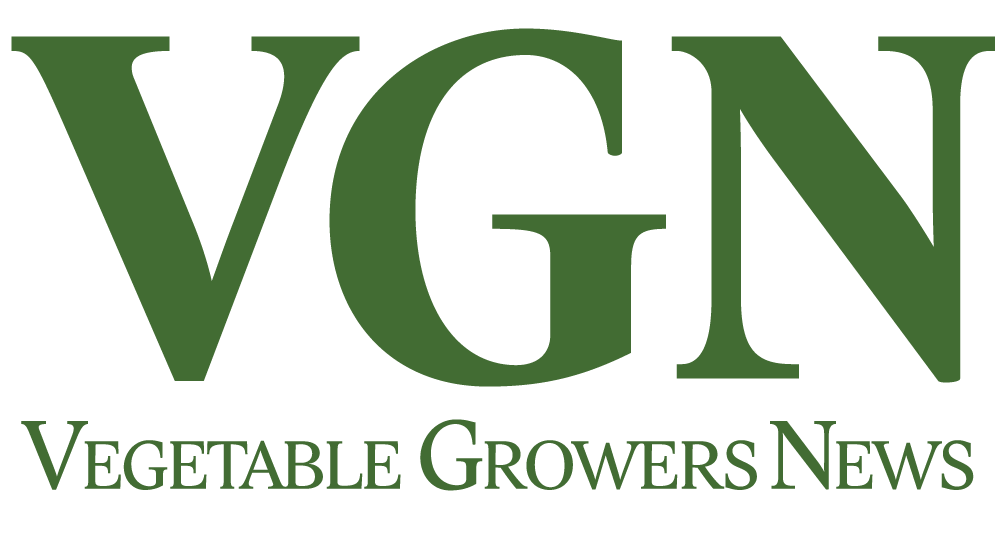








 Video Library
Video Library 